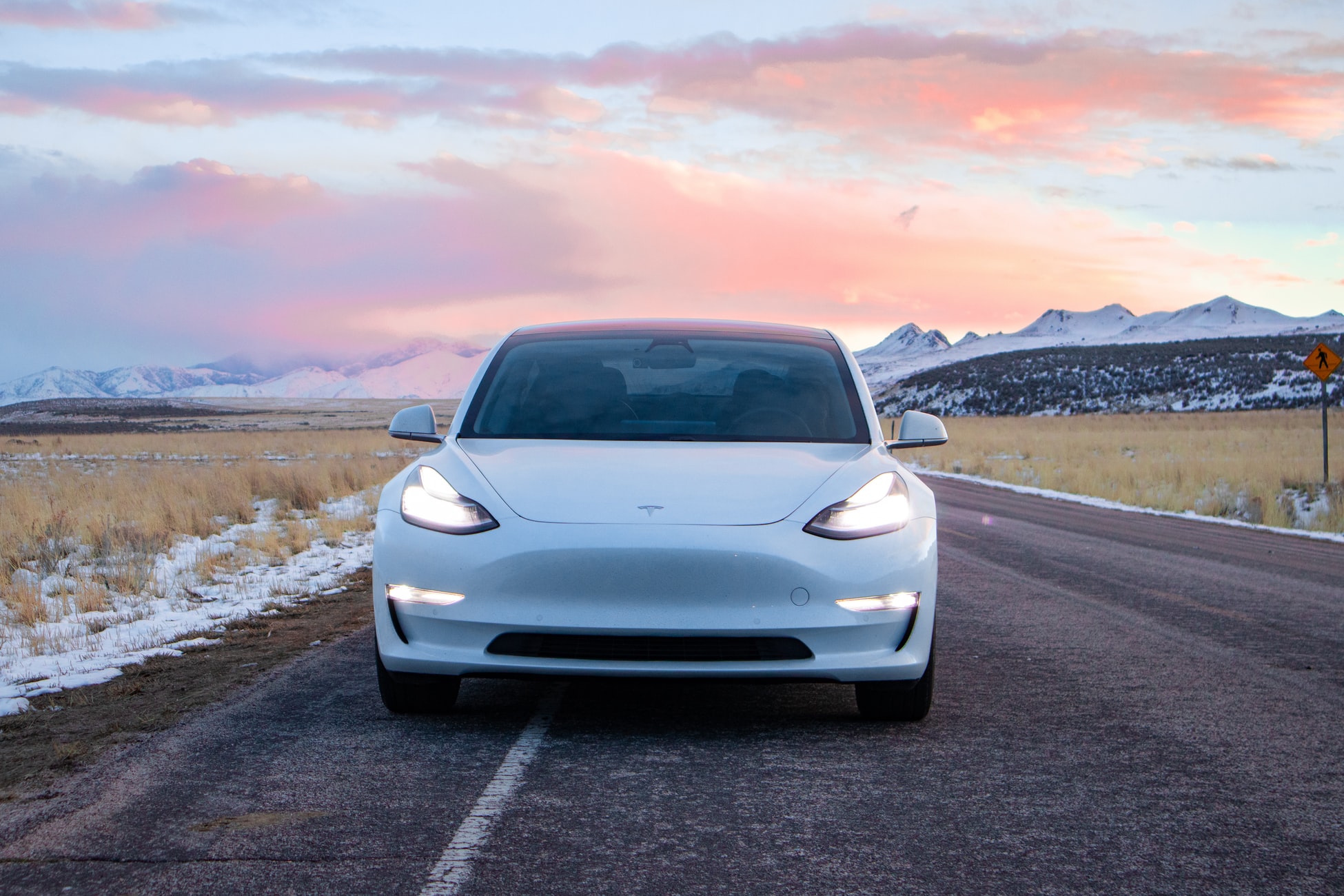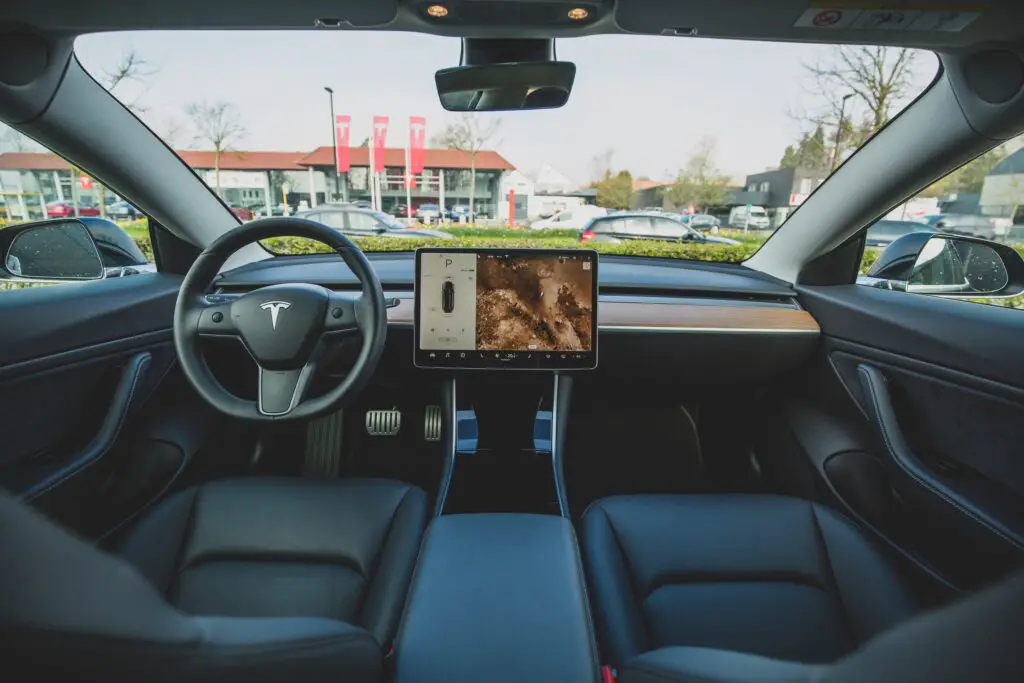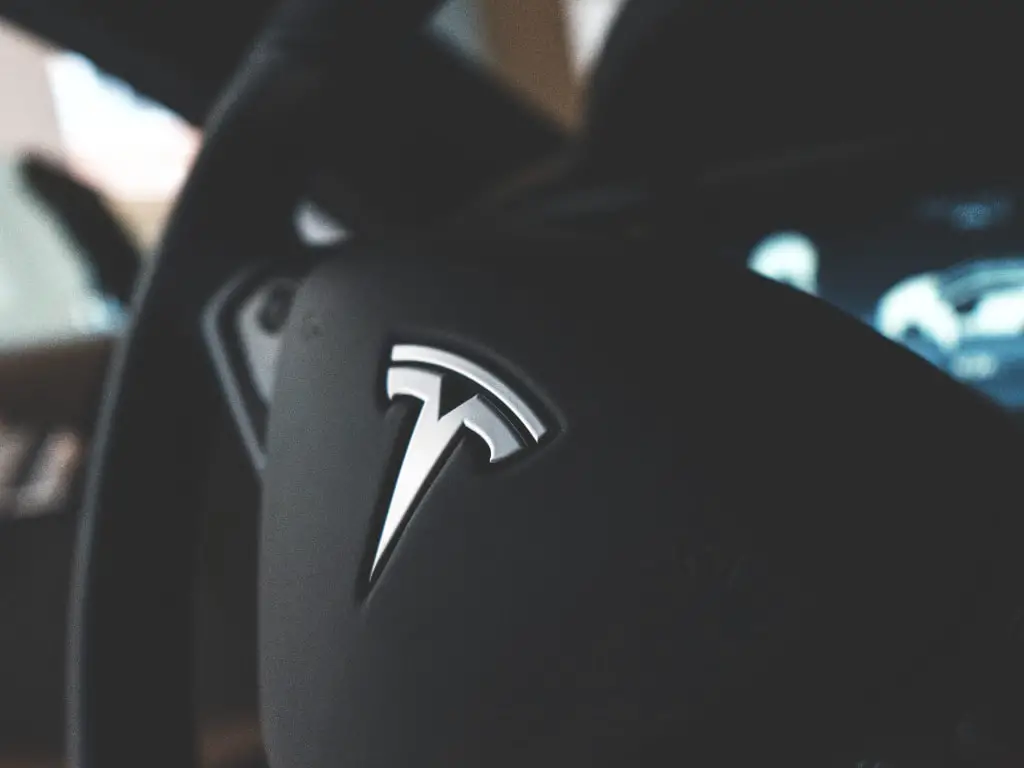
Rechargd.com is reader supported. We may collect a share of sales or other compensation from the links on this page. As an Amazon Associate, we earn from qualifying purchases.
A few of us were sitting around discussing, how is it, that Tesla can achieve such a fantastic range when compared to other electric cars, why is it, that the long-range Tesla Model S can achieve something like 370 miles without stopping for a charge, while many of its competitors in this space, such as Chevrolet, Jaguar, Nissan, and others, can only make it to about 240 miles, while some are barely topping 200 miles?
There are various reasons why Tesla is leading the electric vehicle race, and why they can already travel farther on a single charge than any other production EV on the market. Firstly, it has way more high-powered battery tech, that its competitors, as a result, it can afford to take more risks than traditional car manufacturers. For over a decade, Tesla has been enhancing battery-powered vehicles from the ground up, using software to make the batteries more efficient, while along the way they have scrapped many weighty, traditional luxury features in favor of aerodynamics, and taken measures such as ditching multi-gear transmissions in favor of dual motors programmed to send varying power ratios to the front and rear wheels.
The Early Days
Since its earliest days, Tesla has maintained its grip on the electric vehicle market by taking far more risks than traditional automakers, primarily by making its batteries ever-denser, smaller, and out of different cheaper materials than its competitors.
While the bulk of the major automakers have stuck to using traditional materials like nickel and cobalt along with manganese, to create batteries that are not only more costly to produce, and have a lower storage capacity, portending less range but potentially longer life cycles.
1. Advanced Higher – capacity Battery Chemistry
Tesla uses a different more advanced higher – capacity battery chemistry, that still includes nickel and cobalt but, uses aluminum instead of manganese, to create more cost-effective cylindrical battery cells, which according to leading battery researchers have a more usable capacity, which has led to increased ranges and efficiency of approximately 3%, year on year, however, the downsides to this, do include a higher fire risk, and possible shorter cycle life, or life span over hundreds of charges.

While this break from traditional manufacturing methods may be great for the consumer, it has led to some industry experts asking, if these changes mean that, Tesla may be playing a little fast and loose, when it comes to their battery technology. Prompting, one leading industry expert Michael Ramsey, a senior director, and analyst specializing in the evolution of the auto industry with Gartner’s CIO Research Group to suggest “that perhaps Tesla is more willing to risk their battery not lasting 8 to 10 years, and that they will deal with the consequences on the back-end. ”
2. More Range, Less Charging
But, not everyone agrees with this thinking, Stanford University’s Department of Materials Science and Engineering professor Will Chueh, who focuses on lithium-ion batteries, offered another opinion “Tesla’s choice of battery material: means more range and less charging, which is probably more valuable than some concerns about cycle life”.
“Customers won’t have to charge their cars as much if they have 300 miles of available range, so Tesla can afford to use a battery with shorter cycle life”.
3. Willingness To Go Way Past The Norm
Part of Tesla’s success is their willingness to go way past what the industry would normally do, and there is absolutely no doubt that they have and will continue to make substantial investments in leading-edge battery technology and research, just take a moment and consider what they have achieved in the last five years.
In 2015, they did an exclusive deal with Canada-based Dalhousie University professor Jeff Dahn, a world-renowned battery researcher, to make lower-cost lithium-ion batteries that last longer and have higher energy densities.
In 2016, they opened Sparks, their Nevada based Gigafactory, which is reported to be the world’s highest-volume battery plant.
Then last year, 2019 they announced it would buy Maxwell Technologies, a firm focused on energy density, and breakthrough storage technology that Chairman and CEO Elon Musk had been championing for some time.
Not Only Leading-edge Battery Technology
It’s not only their leading-edge battery technology that has enabled Tesla to stay way out in front when it comes to range, but other incremental improvements over time have also led to a sizable advantage for Tesla, including the development of more advanced cooling systems, and temperature management systems to preserve the battery, then there’s the decision to opt for dual-motors for its front and back wheels overusing multispeed transmissions to increase power, plus they have also recently introduced a brand-new adaptive suspension system along with an all-new engineered ‘Raven’ Powertrain for the Model S and Model X.
Tesla has learned how to gain efficiencies in the interaction of these two motors — what the power ratio should be between the front and back wheels for the best control, acceleration, power, and range.
In electric vehicles, a higher energy density means more potential range from a smaller package, saving weight and improving efficiency – in short, if you can make an electric car more efficient, you will be able to use fewer batteries to achieve your desired range
For example, Tesla’s Model 3 currently carries roughly 24 percent higher pack energy density as compared to, say a 2018 Nissan Leaf, which according to data compiled from BloombergNEF research results in about 90 miles more range, though weight considerations and Nissan’s smaller battery size also factor in, but even when you consider that, it still demonstrates just how far away the competition is in this area.
The Current Tesla Model Ranges

So where does Tesla go from here, well already the suggestion is that the Model 3 is capable of a 310-mile range, there was even some talk of the long-range Model 3 being able to achieve 325 miles from a single charge.
While as recently as February, Tesla announced that new-build long-range Model S’ would feature a driving range upgrade. The new EPA-estimated is 390 miles of range, which is an improvement of 17 miles over the previous Model S Long Range Plus variant.
At the same time, it was announced that the long-range Model X would also get a free software upgrade that would deliver an EPA-estimated range of 351 miles which is an increase of 23 miles compared to the previous long-range Model X.
And, there’s more to come, cast your mind back to 2018, when Tesla stunned the automotive world by announcing it would soon be able to power its electric cars for more than 1 million miles throughout their lifespan. Which even by Tesla’s standards, did seem a bit much, particularly as that’s more than double the mileage Tesla owners can expect to get out of their car’s current battery packs, which as we already mentioned is well beyond the operational range of most other EV batteries. However, from the research that has been published, the signs are clear: a million-mile battery will be here soon.
What Does The Future Hold?

But, while all of this is might be great news for Tesla owners, you would be foolish to think that it won’t be long before other premium EV manufactures enhance their battery technology, and start to catch up, and don’t forget it wasn’t that long ago, that Elon Musk’s old sparring partner, Henrik Fisker – claimed a breakthrough in battery technology using graphene-based hybrid material, that would revolutionize battery storage, and make Musk’s batteries appear obsolete – so interesting times ahead for both Tesla and the EV market in general.
